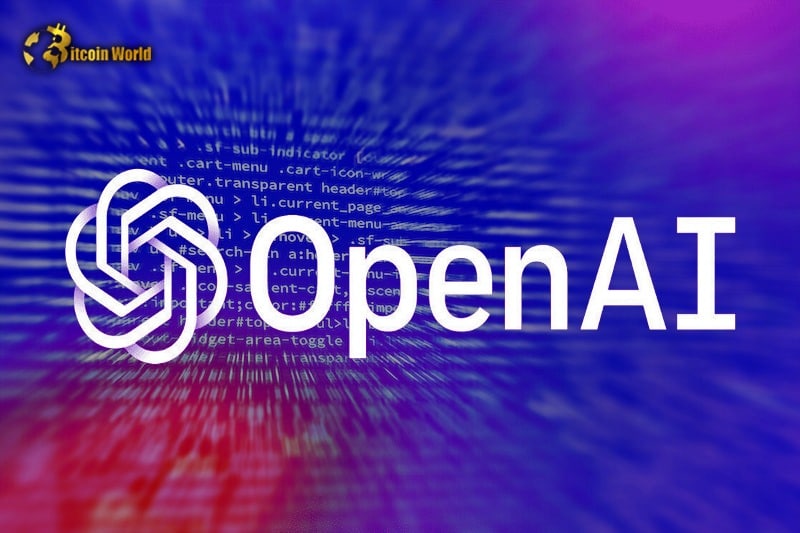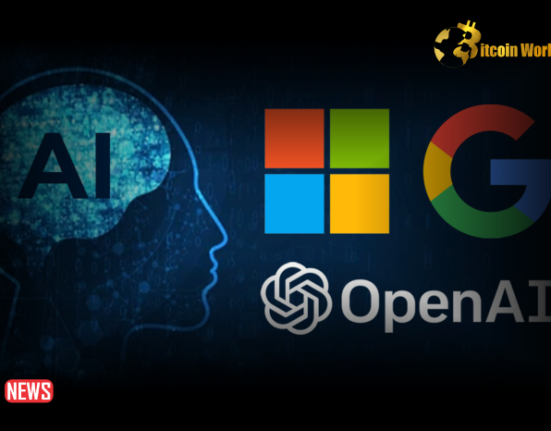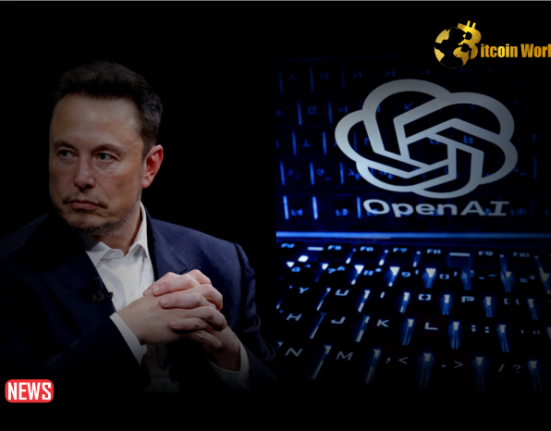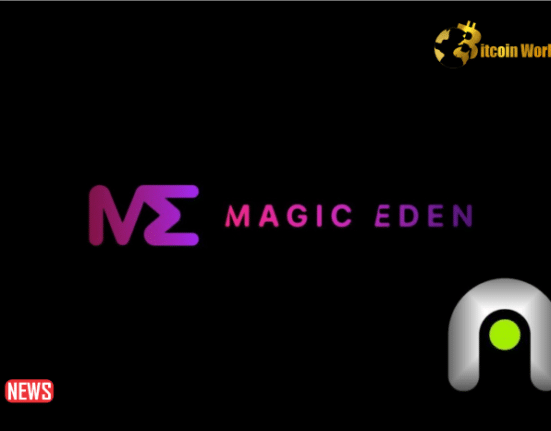When it comes to crafting written content, three essential elements come into play: “complexity,” “variability,” and “unpredictability.” Complexity, or perplexity, assesses the intricacy of the text. Variability, often referred to as burstiness, gauges the diversity in sentence structures and lengths. Unpredictability relates to the likelihood of a reader anticipating the next sentence. Human-authored content typically exhibits more burstiness, incorporating both long and complex sentences alongside shorter ones. In contrast, AI-generated text often leans towards uniformity.
With this in mind, for the text you’ve requested, I will strive to infuse it with higher perplexity and burstiness while minimizing predictability, all while adhering to the requirement of using the English language.
“Io.net has ingeniously constructed a decentralized physical infrastructure network that serves as a wellspring of GPU computing power catering to the insatiable appetite for artificial intelligence (AI) and machine learning (ML). What initially commenced as a sophisticated, institutional-grade quantitative trading system for cryptocurrencies and stocks has gracefully evolved into a decentralized network that channels GPU computing prowess to satiate the ever-mounting demand for AI and ML services.
Io.net has masterminded a testing network that effectively sources GPU computing muscle from a plethora of data centers, cryptocurrency miners, and decentralized storage providers. This aggregation of GPU computational might is poised to dramatically alleviate the mounting expenses of GPU rental, a cost that has surged alongside the relentless advancement of AI and machine learning.
In an exclusive conversation with Cointelegraph, CEO and co-founder Ahmad Shadid divulges the intricacies of this network, designed to furnish a decentralized platform for renting computing power at a fraction of the price one encounters in centralized alternatives that currently dominate the scene.
Shadid unravels the project’s inception, dating back to late 2022 during a Solana hackathon. Io.net was in the process of crafting a quantitative trading platform heavily reliant on GPU computing for its high-frequency operations. However, they were continually hindered by the exorbitant expenses tied to renting GPU computing capacity.
The team documented the challenge of renting high-performance GPU hardware, revealing that leasing a single Nvidia A100 card would set you back an average of $80 per day. When you factor in the need for more than 50 of these cards to run operations for 25 days each month, the total expenditure eclipses $100,000.
A solution emerged with the discovery of Ray.io, an open-source library that OpenAI harnessed to disseminate ChatGPT training across an impressive array of over 300,000 CPUs and GPUs. This library streamlined the project’s infrastructure, all completed within a remarkably short span of two months.
Shadid elucidates how this model operates: ‘When machine learning engineers pay for their clusters, these funds are seamlessly funneled to the miners who contributed GPU resources, with a nominal network fee allocated to the Io.net protocol.’
The project’s roadmap includes the launch of a dual native token system, boasting IO and IOSD tokens. This innovative token structure incentivizes miners to execute machine learning workloads and uphold network uptime while considering the dollar costs tied to electricity consumption.
Shadid notes, ‘The IO coin will be readily traded in the cryptocurrency market, serving as the gateway to access the computational power. On the other hand, the IOSD token is positioned as a stable credit token algorithmically pegged to the value of 1 USD.’
Shadid, in conversation with Cointelegraph, underscores the fundamental distinctions that set Io.net apart from centralized cloud service providers like Amazon Web Services (AWS): ‘To draw an analogy, they resemble United Airlines, while we mirror Kayak; they own the planes, whereas we facilitate flight bookings.’
The founder further points out that businesses in need of AI computation typically rely on third-party providers, as they lack the in-house GPU capabilities to meet the demand. With the demand for GPUs forecasted to surge by tenfold every 18 months, Hadid highlights the consistent inadequacy in meeting this surging demand, leading to extended wait times and soaring prices.
This problem is compounded by the inefficient utilization of data centers that are ill-suited to the specific demands of rapidly evolving AI and machine learning workloads: ‘Within the United States alone, there exist thousands of independent data centers with an average utilization rate ranging from 12% to 18%. This inefficiency spawns bottlenecks, subsequently propelling the prices of GPU compute power skyward.’
The silver lining here is that your average cryptocurrency miner stands to benefit substantially by offering their hardware for rental, thus positioning themselves as formidable competitors to behemoths like AWS. Hadid reveals that a cryptocurrency miner with a 40GB A100 card can make approximately $0.52 per day, whereas AWS charges a hefty $59.78 per day for the same card for AI computing.
‘At its core, Io.net delivers on the promise of introducing participants to the AI compute market, enabling them to resell their GPUs, and, from the perspective of ML engineers, we offer a significantly more cost-effective alternative to AWS.'”














